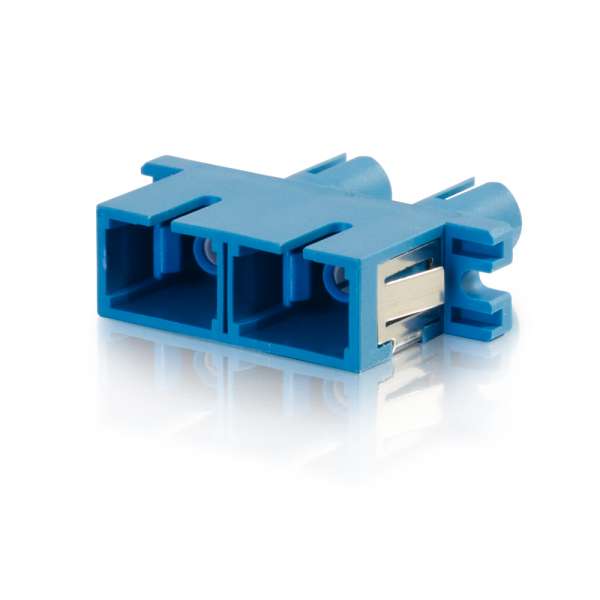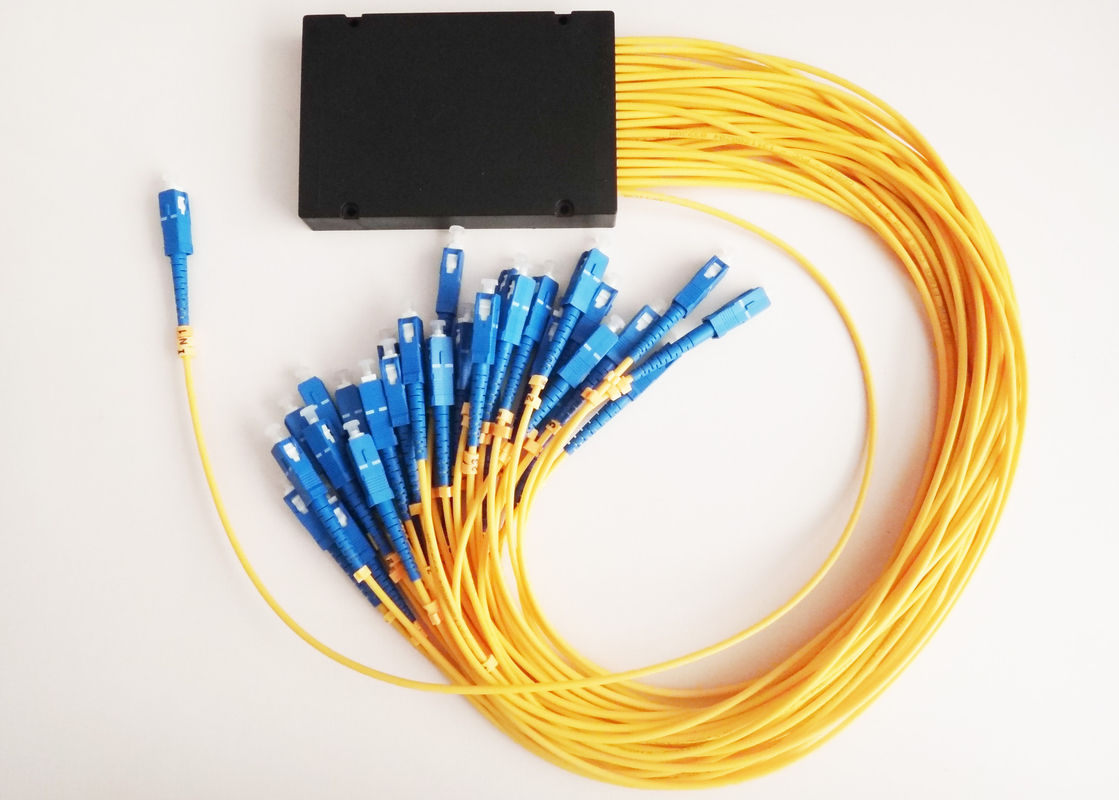It is generally accepted that fiber, connectors, and splices rank is the most important passive devices. However, what closely following are tap ports, switches, wavelength-division multiplexers, bandwidth coupler, and splitter. These devices divide, route or combine multiple optical signals. Splitter is named by the function of the device while coupler is named by its working principle.
Definition of Couplers
Fiber optic couplers either split optical signals into multiple paths or combine multiple signals on one path. Optical signals are more complex than electrical signals, making optical couplers trickier to design than their electrical counterparts. Like electrical currents, a flow of signal carriers, in this case, photons, comprise the optical signal. However, an optical signal does not flow through the receiver to the ground. Rather, at the receiver, a detector absorbs the signal flow. Multiple receivers, connected in a series, would receive no signal past the first receiver which would absorb the entire signal. Thus, multiple parallel optical output ports must divide the signal between the ports, reducing its magnitude. The number of input and output ports expressed as an N x M configuration characterizes a coupler. The letter N represents the number of input fibers, and M represents the number of output fibers. Fused couplers can be made in any configuration, but they commonly use multiples of two (2 x 2, 4 x 4, 8 x 8, etc.). The following picture shows a typical optical coupler.

Definition of Splitters
Fiber optic splitter is a device that splits the fiber optic light into several parts by a certain ratio. The simplest couplers are fiber optic splitters. These devices possess at least three ports but may have more than 32 for more complex devices. Fiber optic splitters are important passive components used in FTTx networks. Two kinds of fiber splitters are most used: one is the traditional fused type fiber optic splitter FBT splitter, which features competitive prices. And the other is PLC fiber optic splitter, which is of compact size and suit for density applications.
Just like fiber patch cable, fiber splitters are usually with 0.9mm, 2mm or 3mm cables. 0.9mm outer diameter cable is mostly used in stainless steel tube package fiber optic splitters, while 2mm and 3mm cables are mostly used in box type package fiber splitters. Based on working wavelength difference there are a single window and dual window fiber optic splitters. And there are single mode fiber splitter and multimode fiber splitter. The picture below shows an optical splitter.

Coupler and Splitter Applications
An optical coupler is generally used in applications that require links other than point-to-point links, which includes bidirectional links and local area network. (LAN). Moreover, it serves as an important component used in WDM systems to route and split signals, monitor the network, or combine signal and pump wavelengths for feeding optical amplifiers.
Fiber optic splitter can be used for FTTx/PON application. This helps to reduce the physical fiber usage or the basic quantity of required fibers. A single fiber can be split into many branches to support multiple end users. The strain on the fiber backbone can be greatly decreased through the application. In addition, fiber optic splitter can also be employed in the maintenance of long-haul network, cable TV ATM circuit or local area/metro area network.
Conclusion
To sum up, fiber optic couplers or splitters are available in a selection of styles and sizes to separate or combine light with minimal loss. This article has presented you some basic knowledge related to couplers and splitters and may help you select the right one that most satisfies your need.




